5 Great Leaps in Technology that Spun off from Apollo Moon Landings
The Apollo Moon landings changed the course of history – so what can we learn from NASA’s developments in technology?
On 20th July 1969, the Apollo 11 mission reached its climax as Neil Armstrong and Buzz Aldrin became the first humans to walk on the Moon. The first Moon landing was the culmination of more than a decade of research and development by NASA.
Many of those innovations went on to change the world as they were incorporated into terrestrial devices. What was once space age technology has become commonplace. Here are five NASA technologies may encounter in your day-to-day life.
1. The wirelessly controlled pacemaker
Modern pacemakers are relatively small devices, implanted directly into a patient’s chest. The device can be calibrated and adjusted without physically accessing the pacemaker itself. A reader is placed over the implanted device and instructions are transmitted through the patient’s body wirelessly.
This wireless calibration is a spin-off of a similar technology used on board the Saturn 5 rockets which powered the Apollo space missions.
2. Cordless drills
Despite having no access to mains power, astronauts still needed access to precision tools. This led to the development of the first cordless drills, a technology that was later expanded and improved by Black & Decker.
The lessons learned from these rechargeable, cordless drills has informed the development of battery-powered devices ever since – including the smartphone in your pocket right now.
3. Integrated circuits
The Apollo guidance system was the first to use integrated circuits, helping to increase processing power and reduce the physical size and weight of the computer. The technology was so new that the system had to be designed and built from scratch.
Integrated circuits were the forerunner of modern CPUs and microchips. These new chips are found in everything, from smartphones to servers to smart sensors to self-driving cars.
4. Solar panels
The fuel carried on board the Saturn 5 rockets was reserved for travelling, batteries for the guidance computer and life support systems. Anything non-essential, or of secondary importance, needed another power source.
NASA developed all-new solar cells, capable of turning sunlight into energy to power various on-board electronics. Refined versions of these early cells are now commonplace, mounted on roofs to heat water, or on chargers to power our phones. Google even use massive solar farms to help power their cloud data centres.
5. Shock detectors
As part of the on-board early-warning system, NASA developed a range of sensors that would detect anomalous vibrations in the spacecraft’s fuselage. The sensors would alert astronauts to excessive force or other indicators of a problem.
Over time these sensors have evolved, with many deployed in the alarm systems that protect bank vaults for instance. Vibration detectors can even be found in your laptop, used to detect when the device has been dropped and locking the hard drive to prevent vibration damage on impact.
The new Space Race
At the time, many of these developments would have been frightening to businesses who relied on traditional technologies and processes. Those organisations who did embrace new ideas were able to innovate and evolve; everyone else was quickly left behind.
There are parallels between the Space Race of the 1960s and the current race to the Cloud. Technologies like G Suite offer powerful, flexible, affordable collaborative computing that outperforms all on-site alternatives.
Those businesses brave enough to embrace the new Cloud computing model will be able to make better use of their data. Faster access to data and analytics will allow these early adopters to take more accurate strategic decisions for instance. So as circumstances and markets change, they are able to adjust more quickly. Everyone else will be left to play catch-up.
The five decades since Neil Armstrong walked on the Moon are littered with examples of businesses that failed because they didn’t embrace new technologies. It is highly likely that we will see similar corporate collapses as the Cloud revolution continues.
To avoid becoming a casualty, contact Kimbley IT and let us guide you through the many opportunities Cloud computing offers your business.

